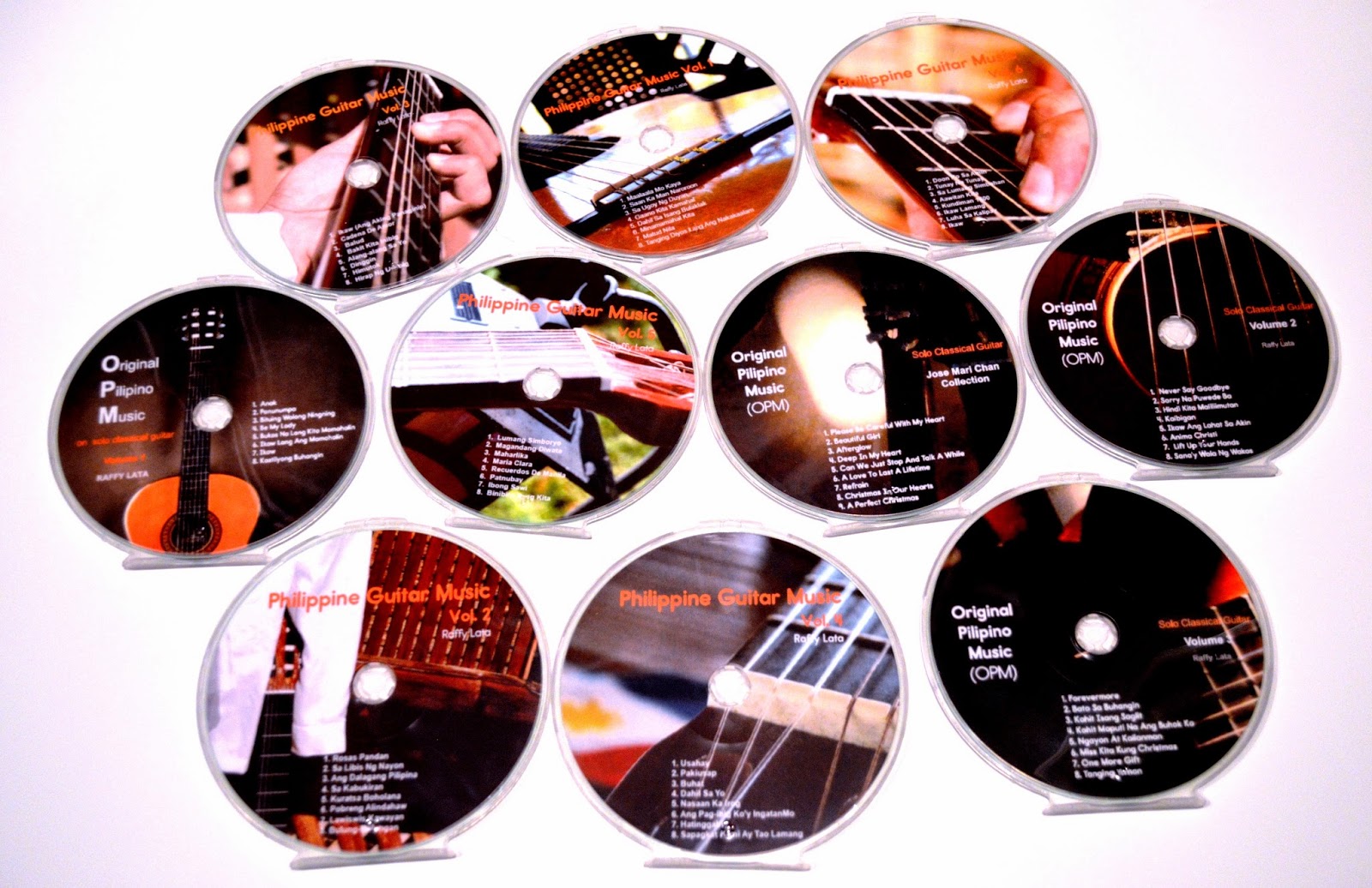How to train your brain
Back when we were in 6th Grade at Pasig Catholic College (PCC), our Science teacher Ms. Lara used to lug around these loose blackboards from one classroom to another. Listed in them are the topics or pointers for our Science class that she had filtered from the reference books. We would spend most of the 45-minute period copying them in our notebooks and we were also expected to memorize them. Afterwards, she would conduct an oral exam where she would randomly call each one of us to answer her questions. If we could not provide the right answer, we were to remain standing. We were young kids and our inherent fear of not being able to answer the questions became self-fulfilling. By the end of the period, everyone was standing.
What I just described is the typical method of instruction that Filipinos undergo while in school. It is widely assumed that this impedes creativity and prevents kids from learning because they cannot question the data and/or challenge the status quo. Whatever the arguments are, I believe that we unknowingly benefited from rote learning. I may not have learned much about Science, but I gained the necessary discipline and technique for memorization that I apply to music to this day.
When I study guitar pieces, there are times when I have to memorize all or part of the score due to two main reasons:
- The piece is very long and it will be difficult to turn the pages of the score while playing. In this case, I may memorize the entire score or just the first and last pages.
- Regardless of the length of the piece, I want to be able to play it at the drop of a hat and not have to rely on a written score.
Much has been written about memorization techniques, some of which include:
- Memorize starting from the end of the score.
- Look for patterns and memorize them then just apply the variations.
- Burn an image of the score in your brain and visualize it as you play the piece.
- Memorize the piece in isolated sections such as the intro, verse, chorus, coda, etc. then assemble them later.
- Play the piece about 50 times...although I'm not sure about this one.
No one technique is better than the other. In fact, they tend to complement each other and they can collectively help you achieve your goal of memorizing a piece. This is one of those activities were you actually get better the more you do it. It also has the added benefit of keeping your brain sharp as you grow older.
Another related topic is what many term as "muscle memory". While repeatedly playing a piece, the muscles of the fingers are trained to move reflexively according to the playing sequence. When you achieve this, it's often easier to emote or express feelings while playing the music. Muscle memory typically sets in even before you start memorizing a piece. It actually helps speed up memorization, which is a mental exercise, because the physical aspect is already taken care of.
The combination of memorization techniques and muscle memory is a strong foundation for musicianship. It enables a musician to focus more on the dynamics and phrasings which is what the audience connects with. From mere notes written on a piece of paper, one is able to create music.





Comments
Post a Comment